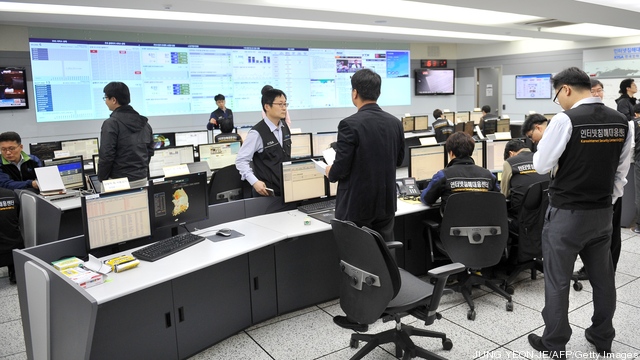
We’ve all read the cyber-attack and data breach headlines about Stuxnet, Flame, Shamoon, and most recently, Red October. Critical infrastructure cyber attacks were even a focus of the President Obama’s State of the Union Address.
Organizations that operate critical infrastructure – including oil and gas companies, utilities, nuclear facilities, and more – is well aware it’s under attack. The problem right now is that many of these organizations are struggling to figure out how the protect themselves from potentially devastating attacks. Keep reading →




